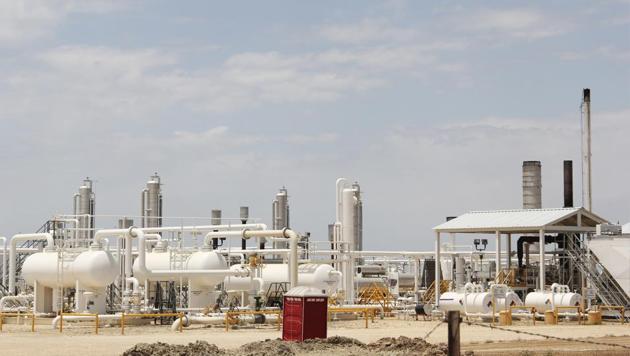Oil: The interplay of pricing, supply, demand
With the shale boom, the US has become the largest crude oil producer, overtaking Saudi Arabia and Russia
The technical committee of the Organisation of Petroleum Exporting Countries (Opec)+ cartel met last month to reaffirm the whopping crude oil supply cuts in the global pipelines to rebalance oil markets in view of the huge demand destruction unleashed by Covid-19. However, it is not enough to just “manipulate” supply. Global oil demand has to be nudged up if oil producers are to retain their respective market share in the face of altered realities.

For a start, West Asian producers will have to do away with discriminatory pricing regimes that adversely affect major global consuming centres in Asia. Although Saudi Aramco, one of the biggest players in the market, has slashed its official selling price (OSP) for its October-bound crude exports to Asia, this has to become an institutionalised practice given tightened refinery margins in recent times. This has led to refiners scrambling to replace some barrels with cheaper oil from the West, and also procure from the heavily-discounted spot market.
Historically, major West Asian producers, such as Saudi Aramco and the Iraqi State Organisation for Marketing of Oil (SOMO), have been providing hefty discounts to the United States (US) and Europe to gain market share with a differential pricing system by pricing the same grade of crude oil higher for Asian markets. Asian refiners have been protesting for decades, calling it the “Asian premium”. Kuwait, Iraq and the United Arab Emirates typically follow Riyadh’s monthly pricing. This is declared around the fifth of every month, affecting about 12 million barrels per day (mb/d) of crude bound for Asian markets.
According to Indian oil records, the Asian premium against the prices for US ports, for instance, in December 2019, and January, February and March 2020 was $5.1, $6.29 , $3.71 and $7.3 respectively per barrel. The Asian premium for Arab medium crude in September is $0.19 for the US and $2.79 per barrel for Europe. This eats into the gross refinery margins of Asian oil companies and makes them scout for cheaper alternatives. The premiums fell sharply during April to July this year when global demand for oil had sunk by about 14 mb/d and Russia and Saudi Arabia had unleashed a price war.
Meanwhile, even with producing cheaper crude, companies such as Saudi Aramco are losing their market share to unlikely competitors, for instance, Russia. Ironically, US shipments from Saudi Arabia to American ports slumped from 371,000 barrels a day (b/d) in June to 271,000 b/d in July — their lowest since 1986. August was even lower at 102,000 b/d.
With the shale boom, the US has become the largest crude oil producer, overtaking Saudi Arabia and Russia. Crude from the US region has started flooding the Asian markets. For instance, the bilateral hydrocarbon trade between India and the US has touched $9.2 billion during 2019-20, marking a 93% increase compared to 2017-18 figures. India is now the fourth-largest export destination for US crude. China’s crude import from the US surged 492.25% between June and July while it slumped a record 27.9% in July from Saudi Arabia — pushing Riyadh behind Russia and Iraq as China’s third-largest crude supplier. August saw about 21 million barrels of crude coming into China from US oil fields — the largest volume for a month — and, reportedly, a total of 80 million barrels over July through December to comply with the Phase-1 Beijing-Washington trade deal signed in January.
Although, shale production in the US that reached a high of 13 mb/d in February, this year may have left its best production days behind, $35 per barrel is enough for many of the drilled-but-uncompleted wells, or DUCs, to kickstart into action. Another price rally facilitated by Opec+ will fortify competitors in the American Gulf coast region as well as Canada, Argentina and China which are expanding their own shale gambit. This does not sit well for the petro-states, many of whose budgets are solely dependent on oil exports. Last month, Aramco said that its second-quarter profits plunged a massive 73% due to “strong headwinds from reduced demand and lower oil prices”.
Opec, in its latest monthly report, states that world oil demand will fall by 9.06 mb/d this year instead of a 8.95 mb/d decline predicted a month ago. While peak demand is a highly-contested subject, the emergent story is that renewables are finding capital much easier than fossil fuels, making them increasingly competitive. With near-saturation of demand in the US and Europe, West Asian producers should focus on natural markets in Asia.
Though the West Asian region may remain the central bank regulating crude currency, simply providing a floor to crude prices may turn out to be a short-sighted move to retain its grip on the oil geographies.



